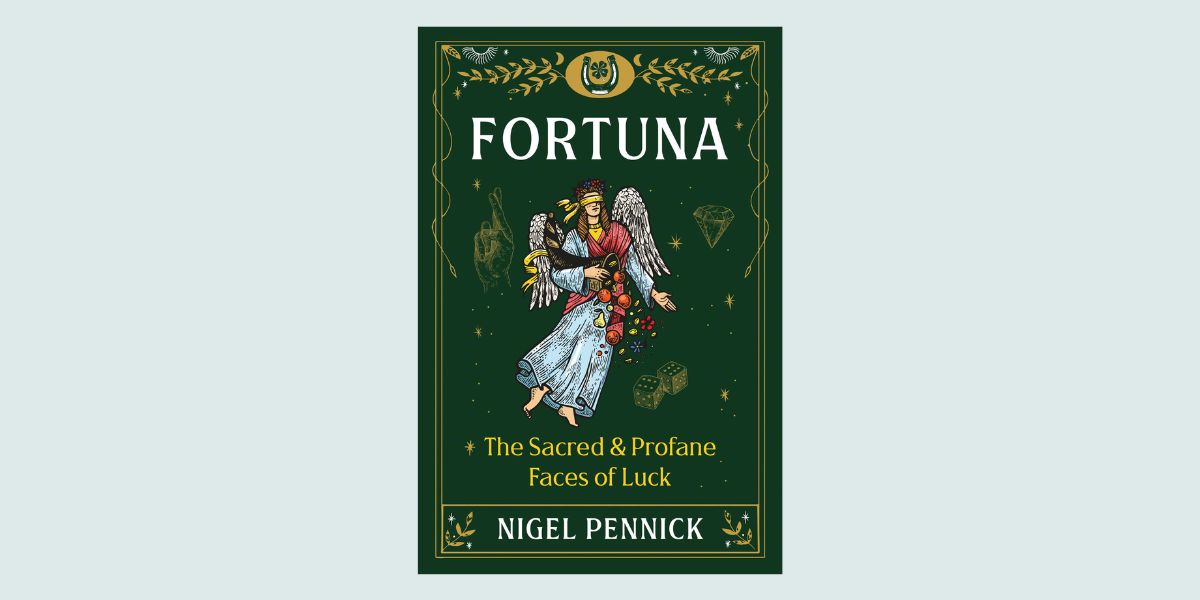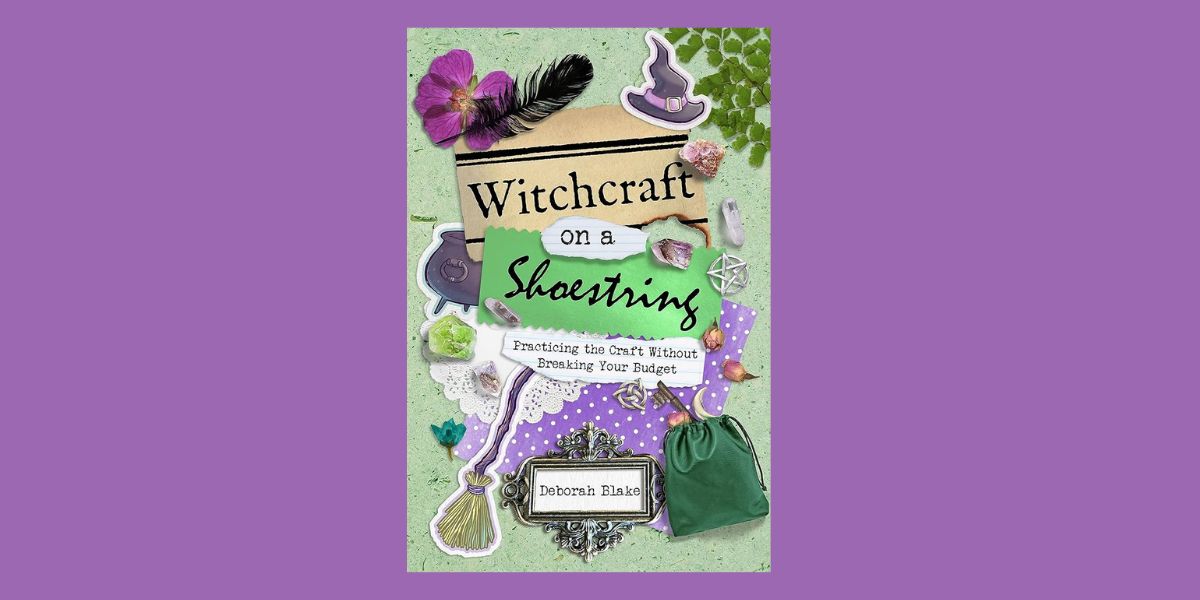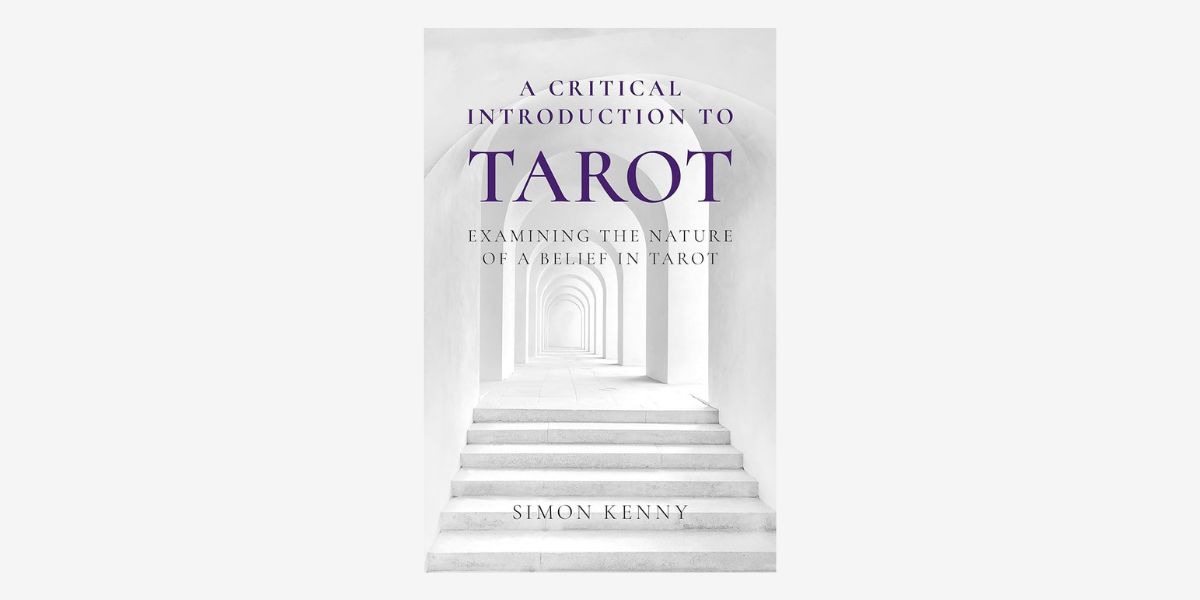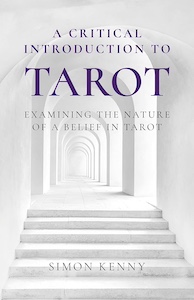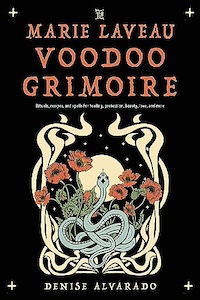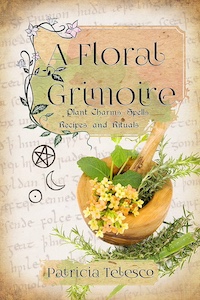
The Five-Minute Druid: Connection Made Easy, by Sarah-Beth Watkins
Collective Ink, 1803413808, 96 pages, February 2024
Ever since the birth of my son, it has been a struggle to revamp my magical practice. Whereas I used to have what felt like all the time in the world for spiritual pursuits, I am now lucky if I can get five minutes a day to myself in between chasing an active toddler and the never-ending list of household chores to get done. Luckily, author Sarah-Beth Watkins’s The Five-Minute Druid: Connection Made Easy is filled with ideas for those short moments I have to spare to dedicate to my craft.
The book itself isn’t too long, only 96 pages, so I was able to read it through pretty quickly. But what I like most about the length is how each chapter is short, so when I feel in need of spiritual revitalization, I can go and read one for reminders of how to revamp my connection in just a few minutes.
The topics that Watkins covers are the fundamentals of a Druidry practice. She begins with an introduction to Druidry, in which she writes, “Druidry is a spiritual practice based on the love of nature and all it encompasses – the earth, sea, sky, trees, plants, animals – and us.”1 I appreciate how Watkins honored the ancient path of Druidry, but realistically see it in a modern context too, making it feel relevant to today and accessible.
Watkins covers quick daily practices, working with ancestors and deities, the wheel of the year, the sky/stars, the elements, trees, divination (ogham, runes, cards, etc), Druid reads and podcasts, social media outlets, writing, and creative projects. Depending on what you’re in the mode to explore, you can flip to that chapter for some ideas. As a whole, the book provides tons of resources for readers to branch off from based on their personal goals. There’s even an extensive list at the end of Druid book recommendations.
For those who are deep in their practice, this book might come across as beginner level. But by no means do I feel it is shallow or lacking. It is perfect for what it’s meant to be: a guide for quick connection when you’re in a space of limited time.
Sometimes the suggestions Watkins makes can seem SO obvious, but from firsthand experience, when I am in on the go mode I often forget to slow down. One of the first suggestions she makes is to simply notice what’s going on in the moment. This can include pausing to notice the types of trees around you, the subtle aspects of your current season, the direction you’re facing, or the moon phase. I think being more observational and reflective has been my greatest take away from this book thus far, as I more often remember that I can attune myself to nature’s energies and simply take note of what’s going on around me.
Another takeaway the book provided for me was more awareness of how I am working with the elements day to day. I now say a little prayer of thanks to the fire as I heat my food and another to the water when I need to steam things. Simply getting outside for fresh air has made all the difference to my mental health, which goes hand in hand with feeling more energy to get back into more elaborate work like spells and rituals. I also noticed that I was often facing a certain direction when I was outside, but simply reoriented my patio set up, which put me in alignment with a different elemental direction that feels better.
I also really appreciated the details Watkins provided in the chapter on social media and apps. It feels like once you have a certain algorithm going, other things that might be relevant for you no longer appear if they’re outside your perceived online interests. Thanks to Waktin’s guidance, I downloaded new apps to learn more about the trees in my neighborhood, constellations, and improve my ogham divination. I also liked being able to have the names to look up Druid groups on social media for up to date information about their organizations and current happenings.
It’s amazing how the simplicity The Five-Minute Druid has actually be more beneficial to me than more elaborate magical books I’ve read. Though I am a seasoned practitioner and always have every intention of doing the elaborate ritual, or crafting something huge, or doing a week long devotional, my current reality doesn’t actually give me that space for that. So these magical things I want to do keep falling to the back burner, making me feel like I’m always running behind and lacking in my practice. This book completely cut through that energy for me and brought me back to the power of the here and now, reminding me it’s all the little things I do daily that add up to mean the most. And everything Watkins shares can easily be done as you go about your daily life. I have been humbly reminded that a little dedication to my craft every day makes me feel wonderful as opposed to ignoring it for weeks, even months, just to try to do something grand to get back in the spirit of things.
Overall, The Five-Minute Druid is the perfectly short and sweet guide needed to inspire a Druidry practice. Already my practice, which I had greatly slacked off with, feels refreshed and energized. By increasing my awareness and thinking through the lens Watkins provides readers with, I have been able to make little changes that lead to major energy shifts. I love how easy Watkins has made it to have a daily Druid practice, as I no longer feel out of sync, falling behind, or frazzled. I recommend this book for those seeking simple ways to establish a daily Druid practice with ease. Watkins suggestions are sure to bring about a renewal of your craft.
Alanna Kali is an astrologer, numerologist, and pioneer spirit that loves to explore life through the lens of depth psychology. She has a passion for studying the humanities and social trends. Her academic work is centered upon reuniting body, mind, and spirit through eco-psychology. She loves reading, spending time in nature, and travel.

